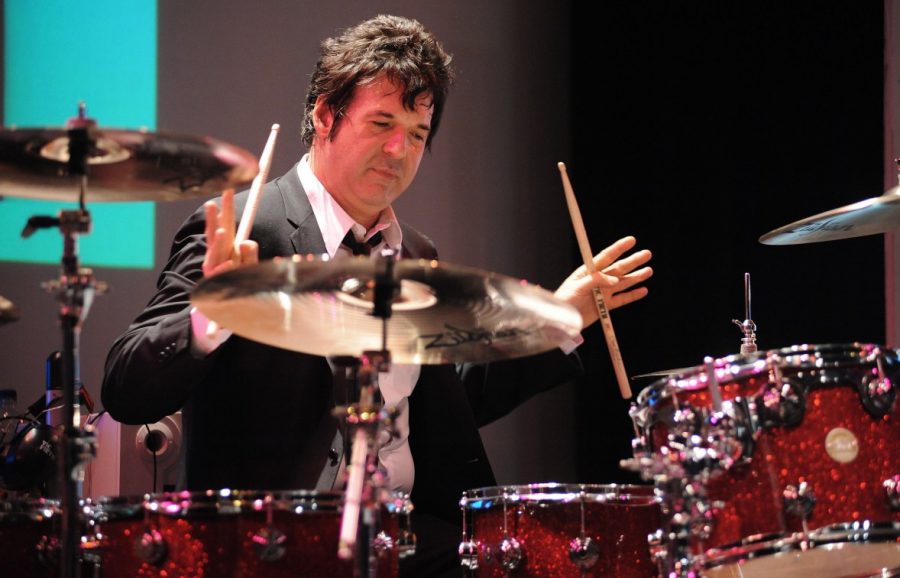In a Brian Eno interview from 2007, writer Gemma Winter reminded him of something she had read about him and ringtones:
GM: I read an interview with you in Q magazine about seven years ago, and you were asked had you ever composed your own ringtone. You responded by saying you wouldn’t be that sad! But you’ve just composed ringtones for Nokia — please explain.
BE: Heh heh! At that time they were asking you to compose a piece of music, but you could only use those sounds. They would compose ringtones out of these — beep boo boop, beepy noises. So I thought, ‘That’s hopeless — what can you do with that?’ You know the sound I mean, neep neep neep; so people were composing neep-neep neep-neep nee-nee nee-nee. In the meantime things changed so they had polyphonic tones; so you could actually have more complicated sounds. It’s not really a great medium for writing music.
It’s a shame we don’t have the audio of this interview, because I would dearly like to hear what “neep neep neep” actually sounds like. But in lieu of that, we have the above video, which collects all of the ringtones Eno composed for the Nokia 8800 “Sirocco”.
Eno was no stranger to writing in miniscule–he composed the Windows 95 opening chime. But in 2007 the “beep boop” limitations had gone away and he was able to draw from a much larger palette. Now, we don’t know the parameters of the assignment, but then again, look at what he was given for the Windows chime, according to the same interview:
The music should be active, young, inspirational, wise, stimulating, catchy, memorable, thoughtful, err glossy, futuristic, nostalgic — honestly a paragraph of adjectives. At the bottom it said the piece should not be more than three and a quarter seconds in length!
This time he was able to create over a dozen ringtones along with alarms and alert sounds, all included above. The question might be: if we didn’t know this was Brian Eno, would we be able to recognize his music in such a small work? Also: Are these miniatures inherently more interesting than any other composer?
For the first question, I did notice that some of the bright guitar tones sound a bit like his work with dulcimer artist Laraaji, and the tone, the echo, and his choice of scale on some of the piano pieces come from the same world as his ambient pieces, as do the round tones of his “alarms,” which are more of a concerned furrowed brow than a yell.
To the second question, I would say there is a certain consistency to this group than the grab bag of sounds on my iPhone. And if I used ringtones anymore–does anybody?–I might be jealous of the person with the Enophone.
Final question, prompted by the nostalgia in the YouTube comments: How many Nokia 8800 users bought a Brian Eno ambient record because it reminded them of their phone?
Note: You can apparently download Eno’s ringtone collection at this website.
Related Content:
Steve Reich is Calling: A Minimalist Ringtone for the iPhone
Download Jim Rockford’s Answering Machine Messages as MP3s
Brian Eno Reveals His Favorite Film Soundtracks
Ted Mills is a freelance writer on the arts who currently hosts the artist interview-based FunkZone Podcast and is the producer of KCRW’s Curious Coast. You can also follow him on Twitter at @tedmills, read his other arts writing at tedmills.com and/or watch his films here.



